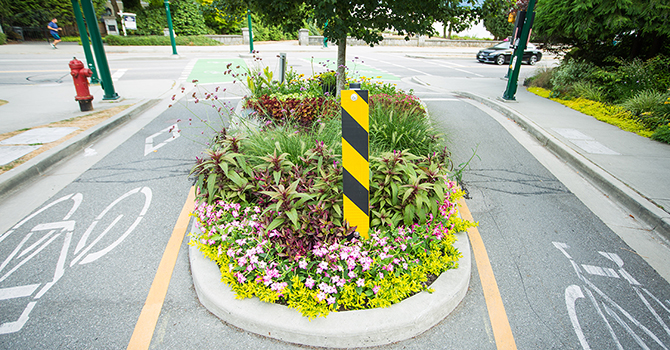

Before you dig
- Confirm the location of underground utilities at 1-800-474-6886 or bconecall.bc.ca External website, opens in new tab.
- Don't dig down more than 15 cm to avoid interference with underground utilities.
Stay safe
- Wear a safety vest or bright clothing.
- Always wear cut resistant gardening gloves.
- Garden during daylight at low traffic periods.
- Be alert and visible to traffic.
- Avoid having your back to traffic or standing on the street.
- Don’t leave personal items unattended.
Street trees
- Take care when working around street trees.
- All street trees belong to the City of Vancouver and are under the care of the Park Board.
- Take care not to cut roots or branches.
- Keep soil or compost from contacting the bark as moisture causes bark to rot, threatening the health of the tree.
- Do not place more than 10 cm of compost or soil directly above tree roots as it may lead to shallow rooting. Deep-rooted trees are more likely to survive drought stress and are less susceptible to wind damage.
- Do not nail or tie signs, trellises, or other fixtures to a street tree.
Maintenance
All gardens require ongoing love and care. Find tips on how to keep your garden healthy and flourishing throughout the year.
Plant selection
Choosing the right plants is the key to having a safe, healthy, and visually pleasing street garden.
Height
- Plants close to intersections, driveways, curbs, and sidewalk edges should be no taller than 60 centimetres (24 inches). This way they don’t block sight lines.
- Plants in gardens located more than 10 metres away from intersections, driveways, or pedestrian crossings should be no taller than 1 metres (36 inches).
- Check mature plant heights when choosing perennials and ornamental grasses. Low or slow growing shrubs will minimize the frequency of required pruning.
- Do not plant trees in your street garden.
Drought-tolerant plants
- Be water wise. Choose drought-tolerant plants to reduce watering.
- Need ideas? Visit growgreenguide.ca External website, opens in new tab
Sun requirements
- Know the orientation of your garden to the sun and be conscious of sun-loving versus shade-tolerant plants.
Diversity
- A diverse garden will provide visual enjoyment all year long.
- Select a mix of plant species that bloom at different times to support bees, butterflies and other pollinators throughout the year.
- Include evergreens to provide winter interest and structure to the garden.
Common weeds, invasive plants, and invasive pests
Be careful not to plant common weeds or invasive plants as some are sold at garden centres. Plants that can out-compete the intended species or disrupt local biodiversity should be removed. This includes self-seeded trees which are easiest to remove when they are seedlings. Find more information External website, opens in new tab
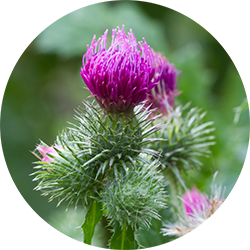
Canada Thistle
Cirsium arvense
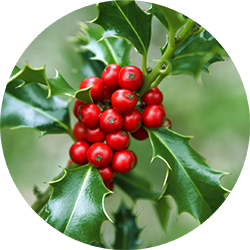
English Holly
Ilex aquifolium
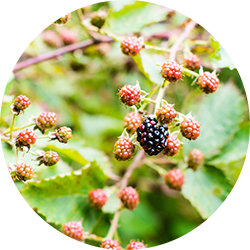
Himalayan Blackberry
Rubus armeniacus
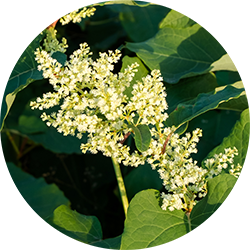
Japanese Knotweed
Fallopia japonica
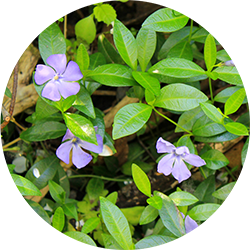
Common Periwinkle
Vinca minor
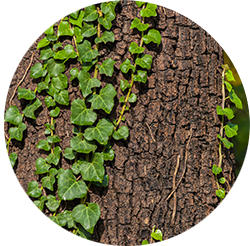
English Ivy
Hedera helix
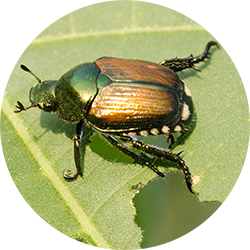
Japanese Beetle
Popillia japonica
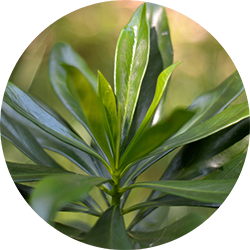
Spurge Laurel
Daphne laureola
 Report issues on Van311
Report issues on Van311
- Needles
- Illegal dumping
- Persistent, invasive weeds and invasive species such as Japanese beetles
- Broken street signs
- Damage to the curb
- Graffiti
- Tree issues such as damaged or dying trees, or trees that require pruning to improve visibility and safety
- Vegetation on traffic circles, medians, or street corner gardens obstructing visibility or impacting safety
